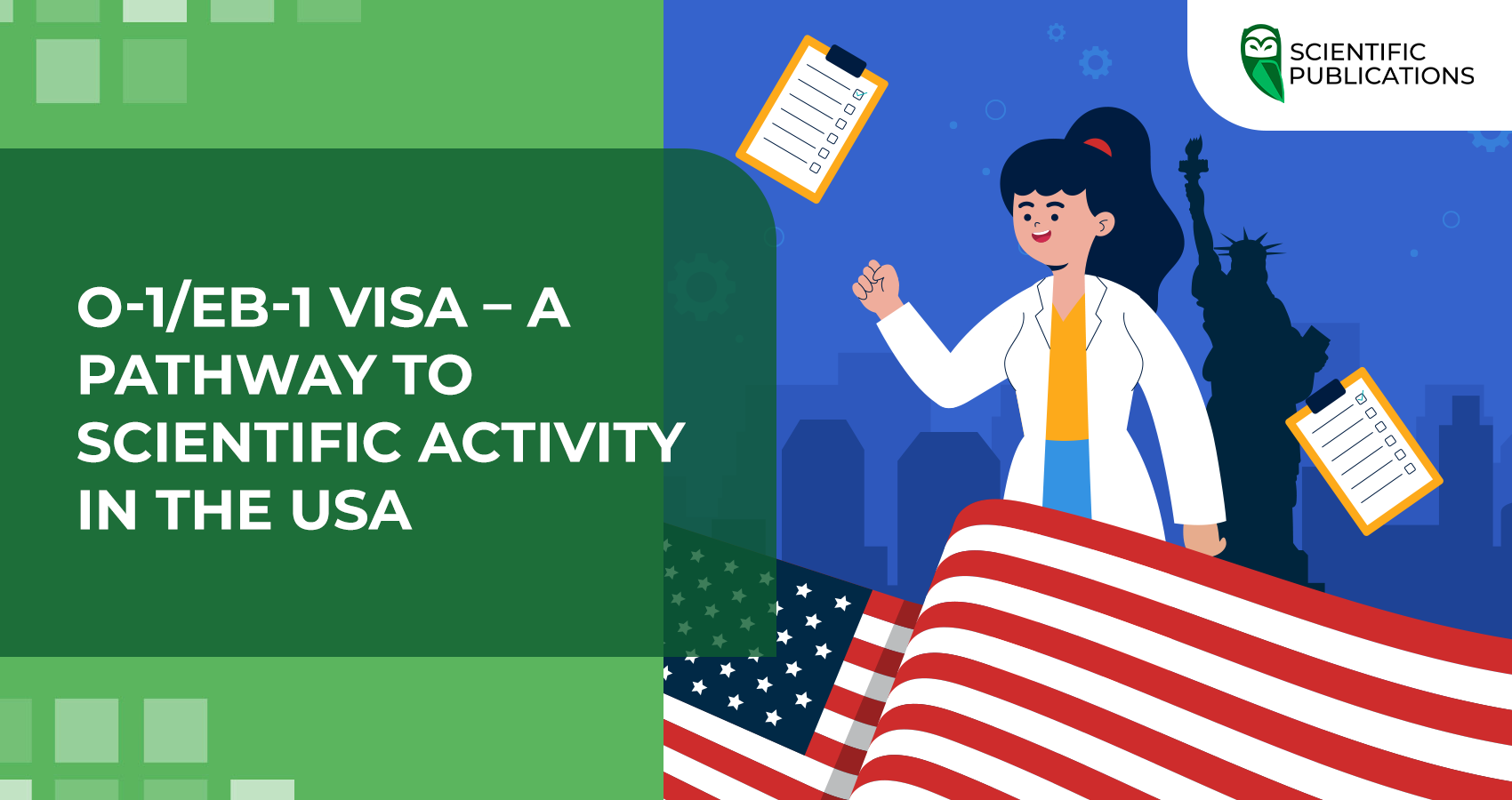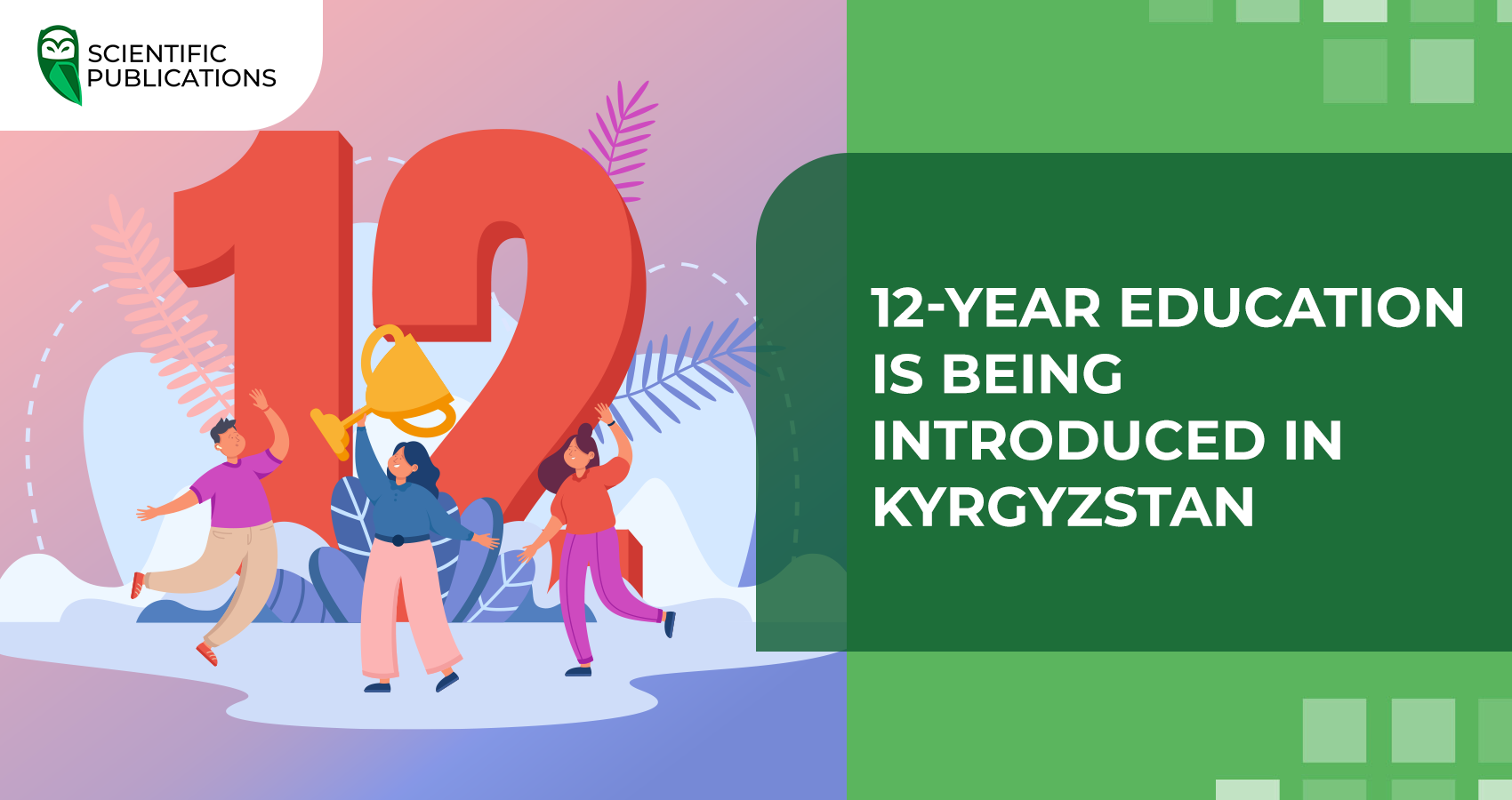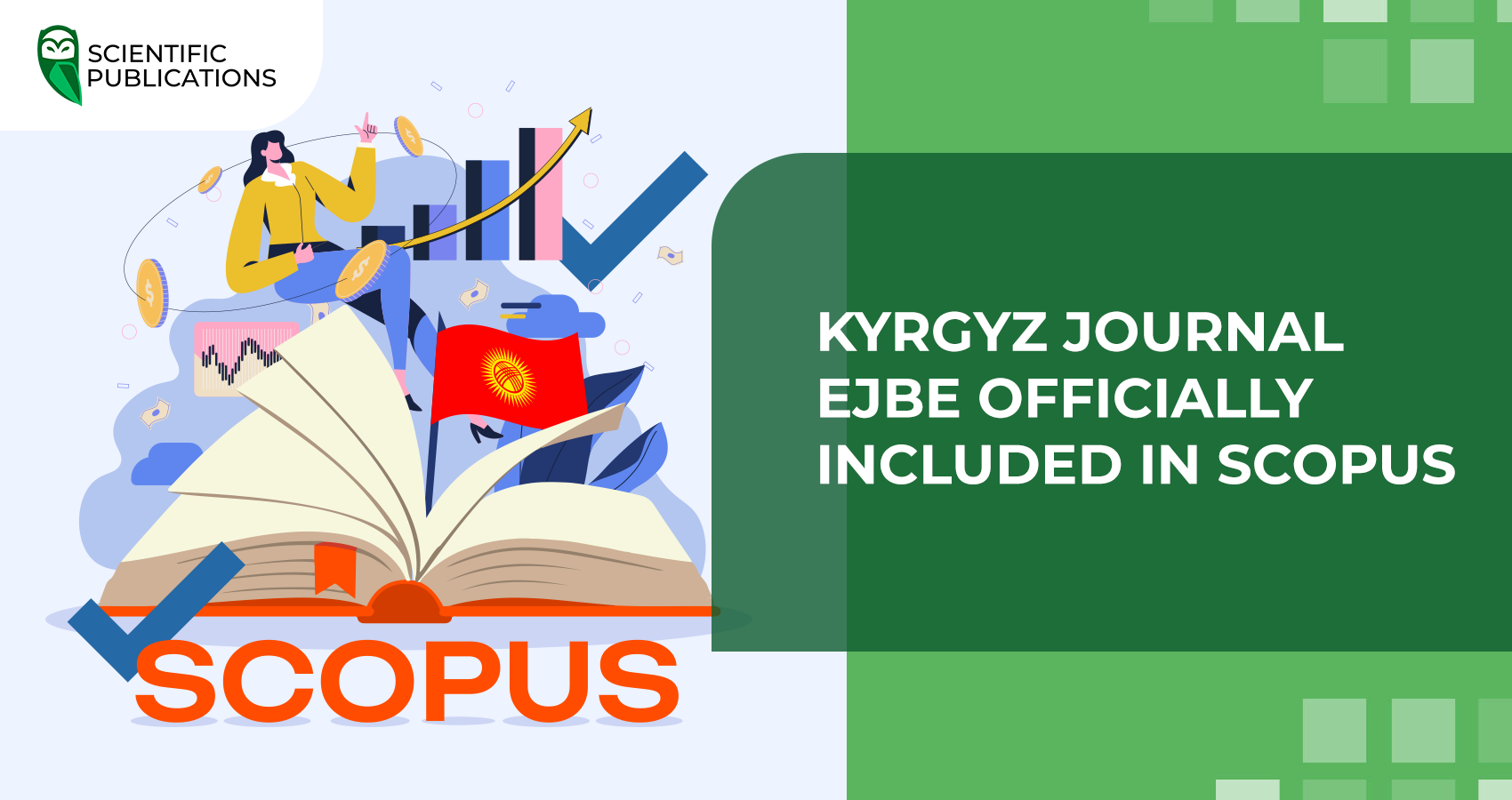Scientists and scholars can obtain an O-1 or EB-1 visa due to their activities. Obtaining such visas is an opportunity to continue scientific activities in the United States.

Starting their way in scientific activity, everyone strives for achievements, prestige and recognition, obtaining academic degrees and academic titles, etc. Conducting scientific, publishing, and research activities contributes to such achievements. One of the benefits that active scientists receive is the opportunity to obtain an O-1 or EB-1 visa, which allows them to move to the United States of America.
Creative visa – O-1 visa
The O-1 visa is a non-immigrant visa that allows the recipient to move to the United States to continue his or her business. It is granted exclusively for talent in science, art, sports, cinema, etc. However, in order to obtain it, you need to demonstrate achievements in your field of activity.
What are the requirements for scientific publications for an O-1 visa?
- Scientific publications in international journals and indexing in international databases. The number of scientific publications is not crucial for obtaining this visa. Their quality is much more important.
- Relevance of the work and the field of activity. All published articles must have a clear connection with the author's professional activities. It is important that these articles are published in well-known journals indexed in reputable international databases such as Scopus, Web of Science, ScienceDirect, etc.
- Package of documents. When applying for a visa, you must provide copies of all publications, their descriptions, and a certified translation.
What does an O-1 visa entail?
- the opportunity to work and reside in the United States;
- the opportunity to bring your family with you, but your spouse and children under 21 years of age receive a non-work visa;
- obtaining an O-1 visa is one of the first steps towards obtaining a Green Card;
- allows you to re-apply for a visa without the need to attend an interview in person.
Advantages of the O-1 visa
1. Unlimited number of visas.
You can obtain an O-1 visa an infinite number of times, as there is no maximum limit on their number.
2. No binding to a particular employer.
The O-1 visa does not require you to work for a specific employer and has no restrictions on the number of employers you can work for at the same time.
3. Unlimited time of stay.
You can extend and renew your O-1 visa as many times as you like, with no limitations on the length of stay.
4. Light tax burden.
If you have an O-1 visa, you are taxed only on income earned in the United States.
The validity of the visa is up to 3 years.
EB-1 visa
The EB-1 visa belongs to the privileged categories of visas. This visa allows you to obtain permanent residence in the United States. It is granted on the basis of special employment for persons with outstanding skills in business, sports, arts, or significant scientific achievements. Unlike the O-1 visa, this visa is an immigrant visa and is much more difficult to obtain.
Requirements for scientific publications for an EB-1 visa
- Number of publications. You need to have at least 10 peer-reviewed scientific articles in international journals that are indexed in leading international databases, such as Scopus, Web of Science, ScienceDirect, etc.
- Number of references and citations. There should be at least 100 citations, but it is recommended to have from 200 to 300. Citations are considered an indicator of the applicant's success and popularity.
- Subject matter of publications. Published articles must be related to the author's activities.
Advantages of the EB-1 visa:
- no employer required;
- after 5 years of residence in the United States on an EB-1 visa, it is possible to apply for US citizenship;
- family members also receive the right to permanent residence in the United States;
- no waiting list;
- ability to work in any part of the US without restrictions;
- freedom to travel within the country and abroad;
- fast receipt of a Green Card.
The validity period is indefinite.
Requirements and criteria for obtaining O-1/EB-1 visas
- International and/or national recognition in the field.
- Membership in professional associations (membership in an association of professionals with outstanding abilities).
- Publication of information about the applicant in reputable professional publications or other mass media.
- Important contributions to your field.
- Authorship of articles in leading journals or other well-known publications.
- High salaries or other types of remuneration.
The path to obtaining O-1 and EB-1 visas is long and difficult, but all efforts are worth the end result. Continuing research opens up new opportunities and prospects for researchers. It is also important for establishing new connections, new acquaintances for further possible cooperation, which will affect the authority of the researcher.
If you need assistance with publishing an article in Scopus or Web of Science databases, please contact Scientific Publications. Our highly qualified specialists have been providing services for almost 8 years. Fill out an application on the website, and our manager will contact you within a business day.





